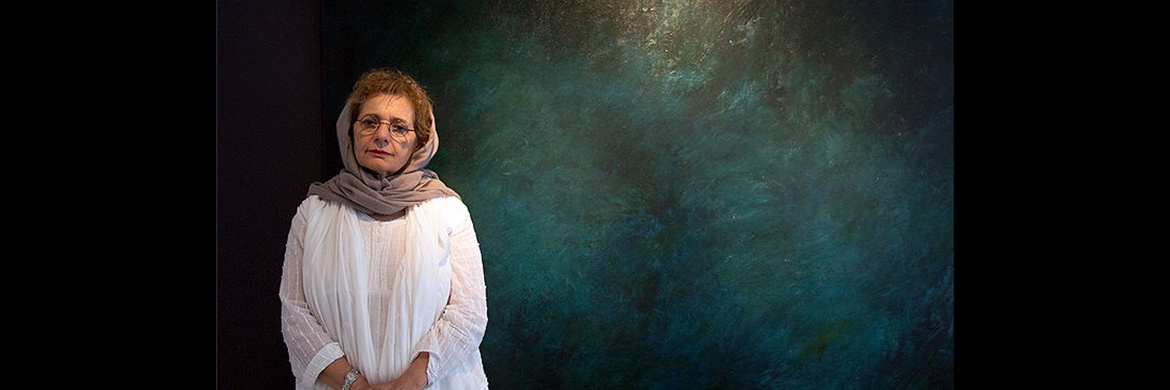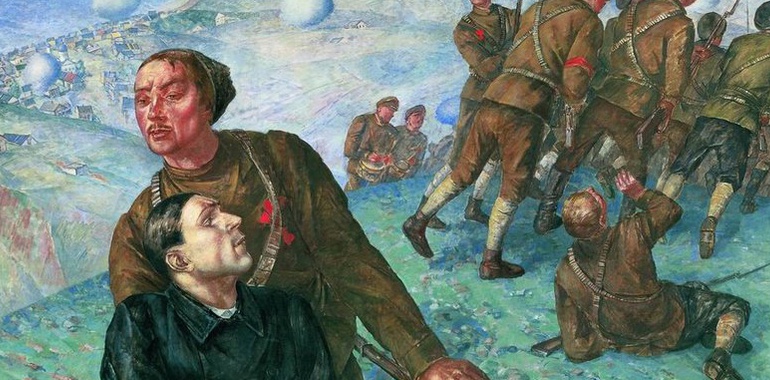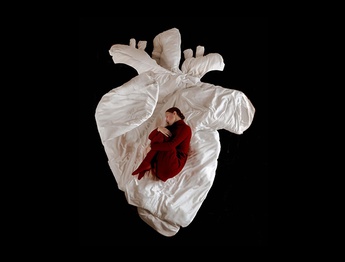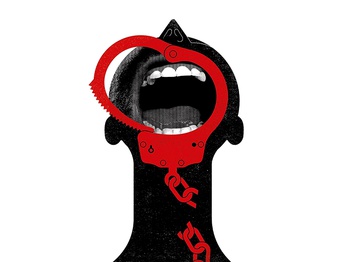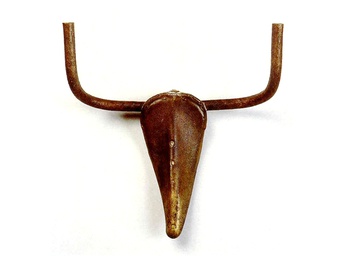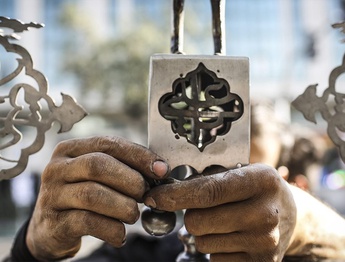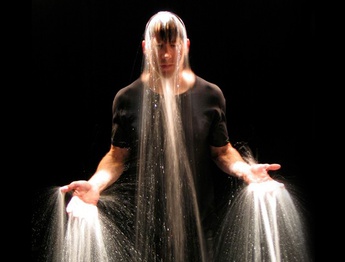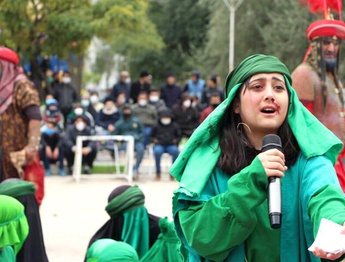Kuzma Petrov Vodkin, Russian painter, designer, writer and teacher, was born in 1878 in Khvalynsk and died in 1939 in Saint Petersburg. He trained in Saint Petersburg and Moscow under Levitan and Serov. He later continued his studies in Munich and Paris. Initially, it was influenced by Serov's realism; After a trip to Africa, his art changed and he became a member of the "Blue Rose" group.
He is one of the artists who was able to create a deep meaning in his works. Vodkin was able to survive the days of the Revolution and World War I and the difficult path of his life, and began to create his inanimate nature. One of the works of this period is "Herring". Knowing and understanding the difficult moments that the artist has gone through, "Herring" is in fact not just a painting, but a full-fledged celebration of color. The painter covered the picture with a red and pink tablecloth and made it look like a table.
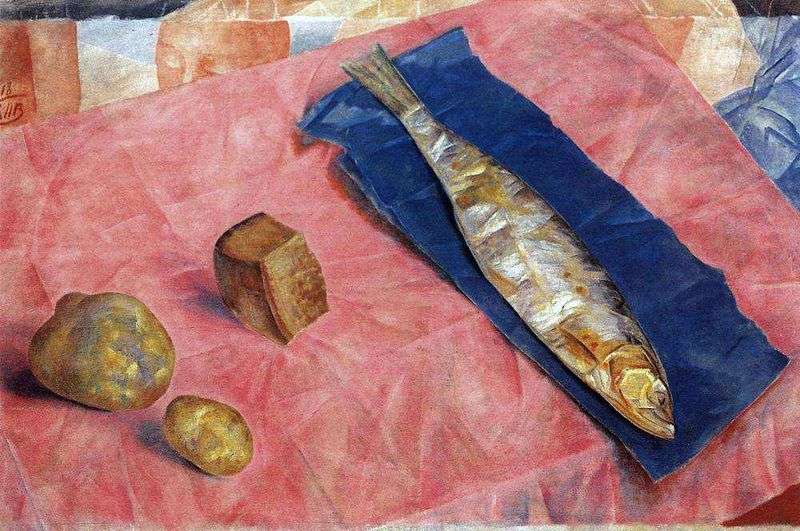
Herring
On the table are two potatoes of different sizes, a piece of rye bread and a slightly dried herring on a piece of blue paper. The colors match the conditions and look bright and faded.
A simple and sad image that shows the talent of a painter.
Vodkin became a famous artist thanks to works such as Bathing the Red Horse, Death of the Commissar, After the Struggle, and so on.
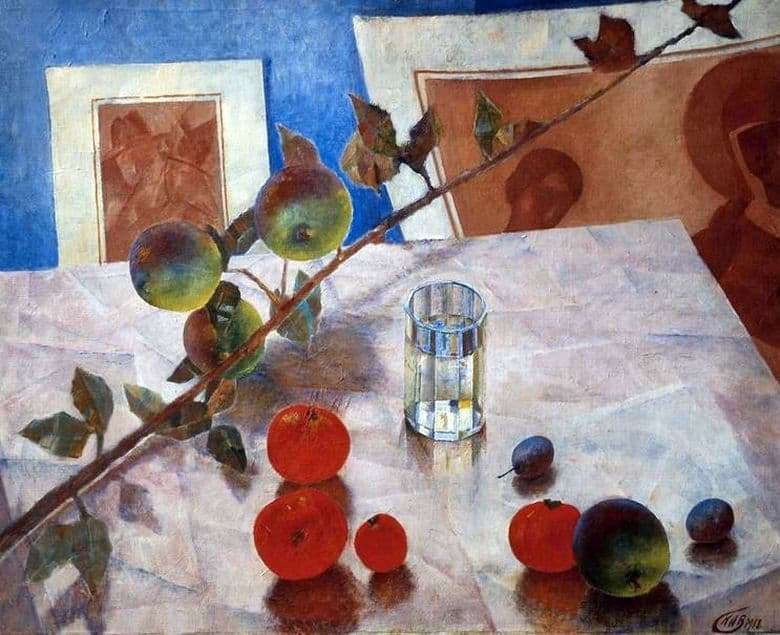
Inanimate Pink Nature
In the "Inanimate Pink Nature" painting, in addition to the glass, red and green apples are regularly combined, with several plums next to them. One of the highlights in this image is the apple branch with large fruits. At the bottom of the image, we see a painting depicting the iconic figures of the saints, but Vodkin does not focus on them, so it dilutes the background, leaving us in a world of ambiguity.
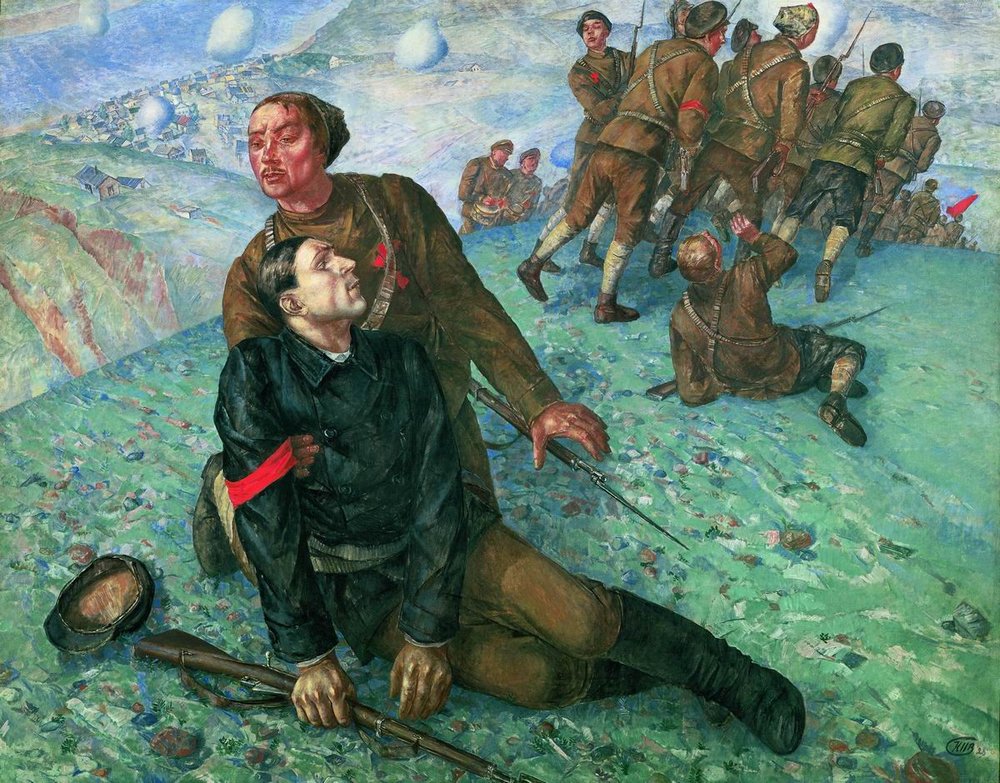
Death of the Commissar / Oil on canvas / 1928 / Russian Museum
The death of the commissar was ordered by the Revolutionary Military Council for the exhibition "Red Army of Workers and Peasants". The theme of life, self-sacrifice and death, which is one of the basic themes for the artist, was depicted for the first time in this painting. The design of this painting is based on an event from the Russian Civil War.
The two faces of the deadly wounded commissioner and the soldier who supports him are in the foreground. Red Army soldiers driven by a tornado come down the hill. In the combination of the two main characters depicted in the foreground, one can see the symbolism of Pita - the scene of Christ's lament. Death, however, for other ideals, gives a high sense of sacrifice to humanity. Vodkin expressed his unique art system in this work. He abandoned the traditional linear perspective and developed the new "spherical" perspective, which presented the artist's worldview in a poetic form.
Prepared and arranged by: Narges Saheb Ekhtiari
